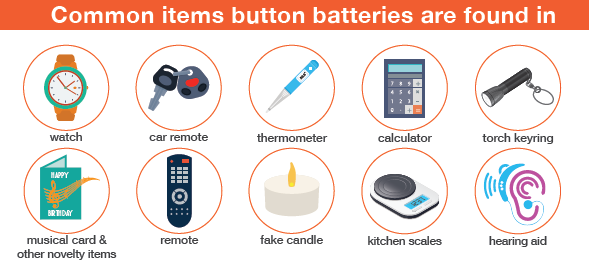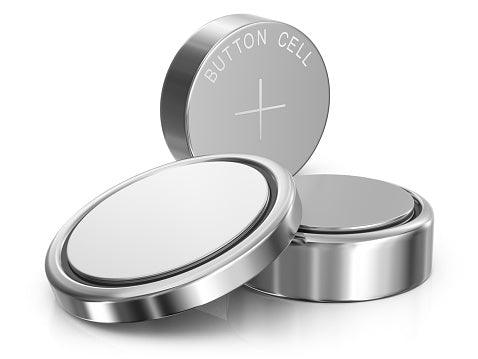We use electronic devices every day without giving them a second thought. However, did you know that there is a hidden danger inside many of these devices that poses a serious risk for children? Powerful coin-sized button batteries are found in many common household devices. Children often have easy access to these devices and many parents/carers are unaware of the dangers as the products commonly come with the batteries already installed. If swallowed, button batteries can become stuck in a child’s throat and burn through the oesophagus in less than 2 hours.

If swallowed, button batteries can become stuck in a child’s throat and burn through the oesophagus in less than 2 hours. This burning can lead to serious injury requiring surgery, or death.
In Australia, around 20 children a week present to an emergency department with a button battery related injury – that’s over 1,000 children every year. Children under the age of 5 years are at the greatest risk.
To prevent button battery related death and injury:

If you think a child has swallowed or inserted a button battery, urgent action is needed. Don’t wait for them to show symptoms, call the Poisons Information Centre urgently for expert advice on what to do.
Source: https://www.kidsafevic.com.au/










